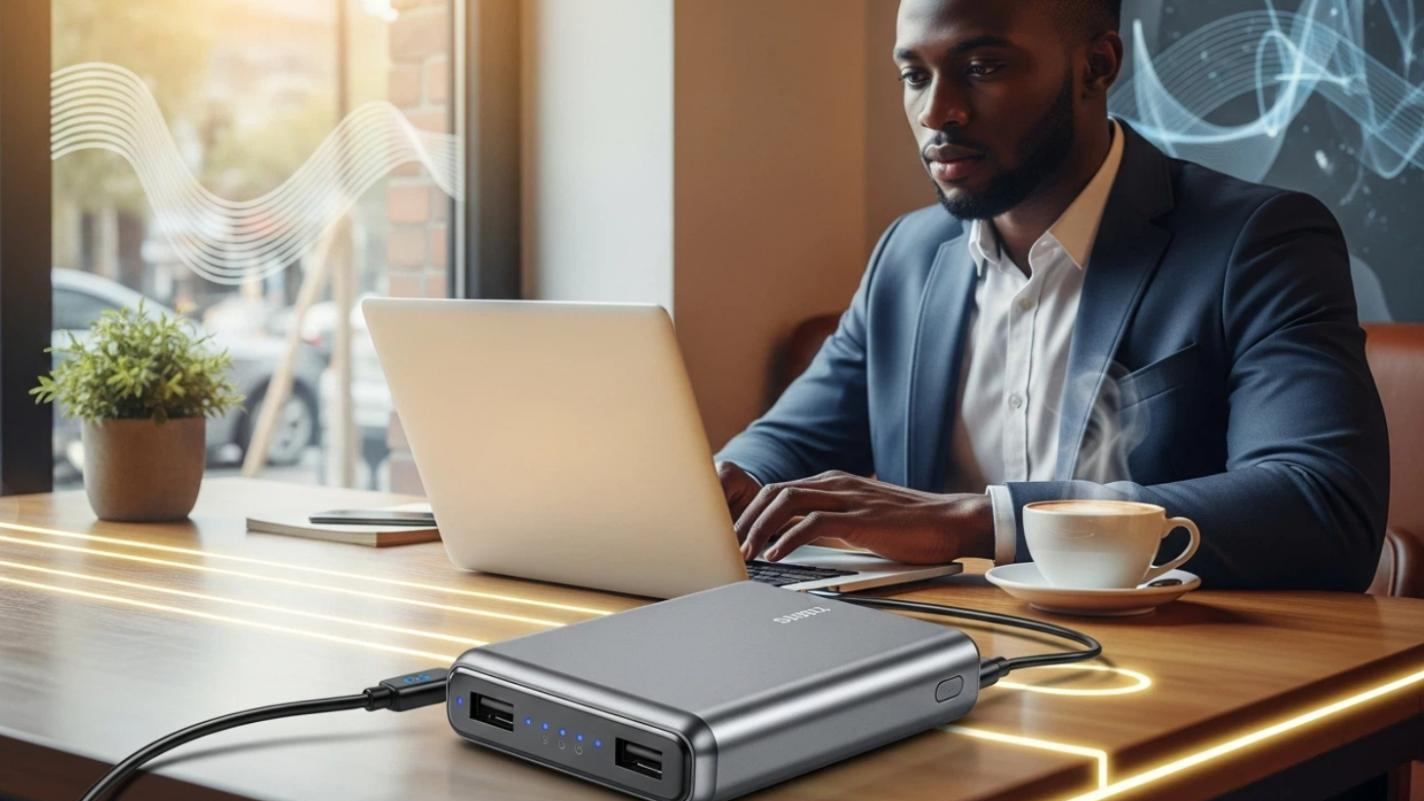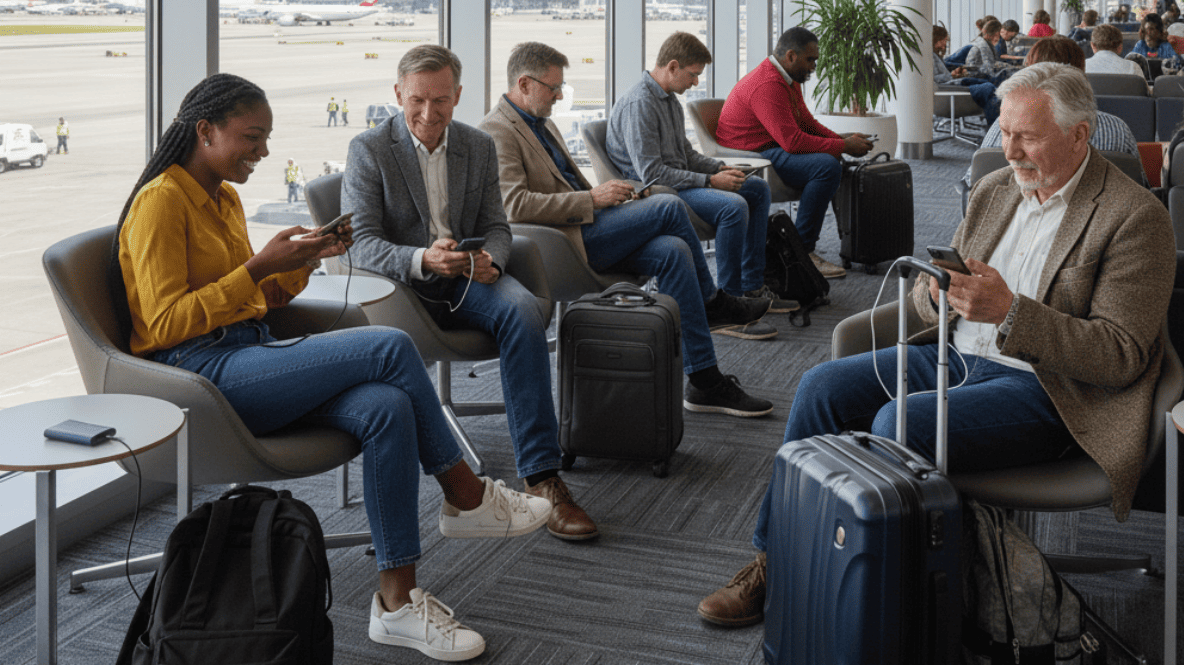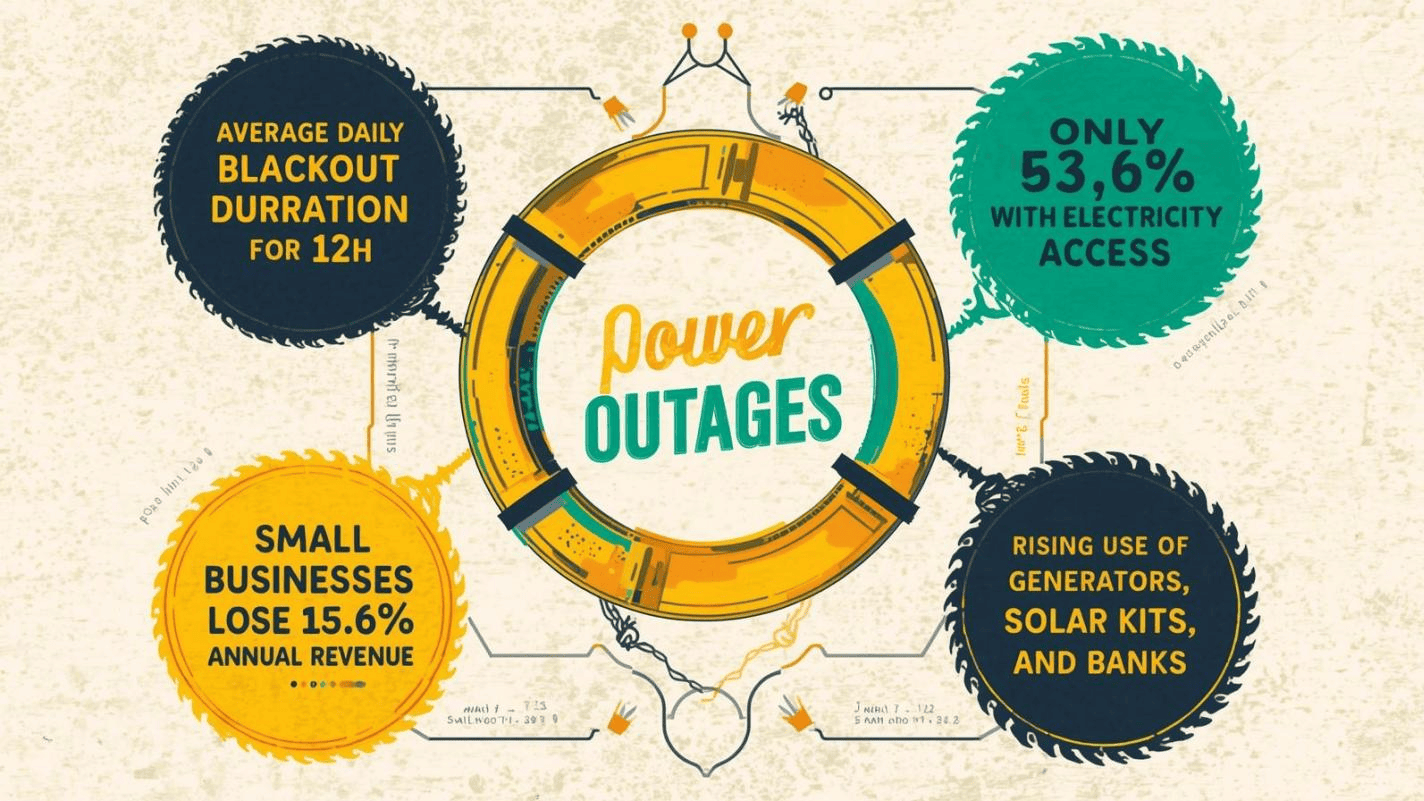


 Expires on {{ vipExpires }}
Expires on {{ vipExpires }}
 Expires on {{ vipExpires }}
Expires on {{ vipExpires }}
More and more Nigerians are embracing trekking these days. It’s the evidence that the love for adventure and nature is growing fast. But many people face wahala when planning their first trek. They don’t know which location to pick. They struggle with packing the right gear. Some even get stranded because of poor planning. This guide will solve all those problems and walk you through every single step.
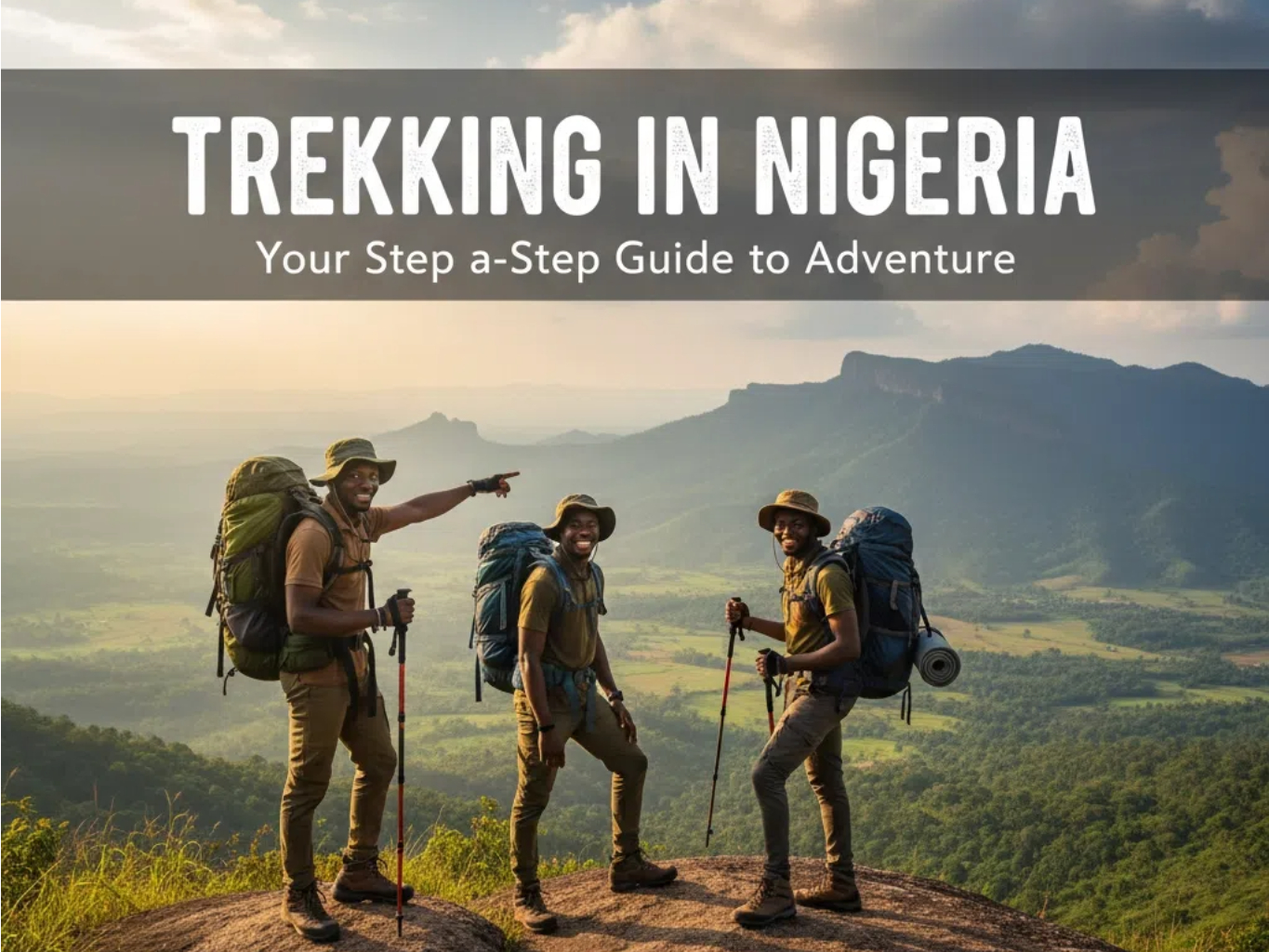
Nigeria has plenty of amazing spots for trekking. But not all of them fit your skill level or interest. You need to pick wisely. Let’s look at some top destinations:
The weather at this trekking spot is cool, and the views are breathtaking. It has moderate difficulty. This means even beginners can manage it. You can access the place by cable car or by hiking. The scenery is simply amazing. It includes green hills, forests, and amazing sunrises. Pack warm clothes because it gets cold up there.
Idanre Hills are in Ondo State. The trek is challenging, yes. But it is also very rewarding. You will see ancient structures and the Owa’s Palace at the top. The route is steep in some areas and requires good fitness. The scenery is rich. It includes rocky terrains and lush vegetation.
This waterfall is in Osun State. The trek involves plenty of climbing. There are seven levels of waterfalls, but the route difficulty is easy to moderate. This means families and beginners can certainly enjoy it. The water is clean and refreshing. Many people swim at different levels. The place is easily accessible by road.
This is the country’s biggest wildlife park. You will see many things here. This includes elephants, baboons, and various birds. The terrain is mostly flat savannah. The difficulty level is easy. The Park has natural warm springs where you can swim. You need a guide for safety because animals roam freely.
Planning your route properly will save you plenty of stress. You need to know exactly where you’re going. Let’s break down how to plan like a pro:
Don’t overestimate your strength. Estimate how far you can walk every day. Check the elevation changes on your route. Don’t plan to cover more than fifteen kilometres daily.
Your body needs regular breaks. Plan where you will stop to rest. If you’re camping overnight, mark those points on your map. Choose flat, safe areas. Rest stops should be every 2 to 3 hours.
Nigerian roads and weather can be unpredictable. Traffic fit delay your start time. Always add extra time to your schedule.
Identify natural water sources along your route. Make sure you have filtration tools. Mark emergency exit points on your map.
You want trekking essentials that are reliable and lightweight. Let’s look at what you absolutely need:
Start with a spacious backpack. Your hiking boots should be good. Choose good grip and ankle support. Clothing needs consideration, too. Choose breathable, quick-dry fabrics.
Pack enough food for your entire trip. Choose lightweight but high-energy foods. Carry two litres of water every day with a portable water filter.
Carry a GPS device if possible. Offline maps on your smartphone are recommended. A physical map and compass are good backups.
Your phone and devices need power. Choose a reliable solution like our oraimo SolarFlex 30 30W Portable Solar Panel. It’s lightweight and you can fold and slip it into your backpack easily. Just hang it on your backpack while you trek. You will never run out of power.
Pick a first aid kit along with bandages, antiseptics, etc. A torchlight is also crucial. Choose LED lights with long battery life.
Carry a lightweight tent and sleeping bag. Insect repellent is a must in Nigeria. Sun protection is also key.
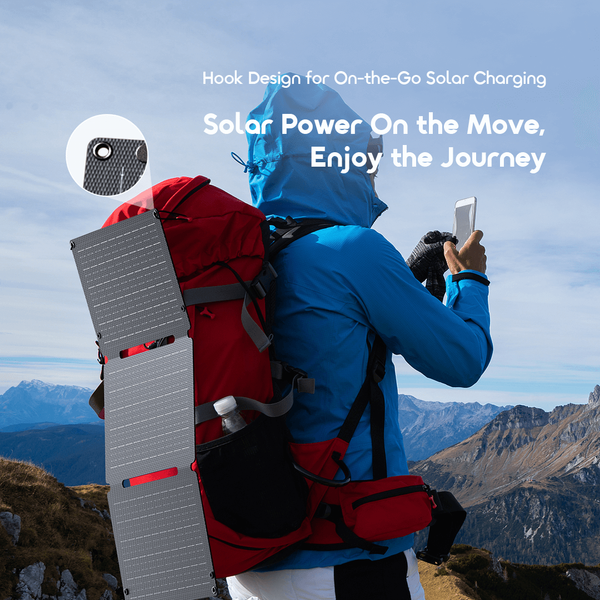
Being prepared can save your life. Let’s look at critical safety steps:
Telling someone your plans. Share your route with a family member or friend. Tell them when you’re leaving and also your expected return date.
Check the weather report before you leave. Avoid trekking during the heavy rainy season, and also research the terrain conditions. If conditions are bad, postpone your trek.
Your phone is your lifeline. Use portable solar panels and power banks to keep devices charged. Our oraimo SolarFlex 30 solar powered phone charger is perfect for this. Charge your phone and power bank daily.
Save emergency numbers before you leave. Also, discuss evacuation plans with your group. It’s valuable to know the fastest way to get help.
These small things make a big difference and separate struggling trekkers from successful ones:
Every gram counts when you’re carrying a bag for hours. Pack only what you need. Heavy items should sit close to your back.
Take water regularly. Start slow and steady. Find a comfortable rhythm and stick to it. Trekking is not a race.
Place your solar panel where it gets direct sunlight. Avoid shade from trees or rocks. Use the oraimo SolarFlex 30 to charge multiple devices at once.
Carry all your trash with you. Don’t pick flowers or disturb animals. Always stay on marked trails. If you’re camping, clear your site completely.
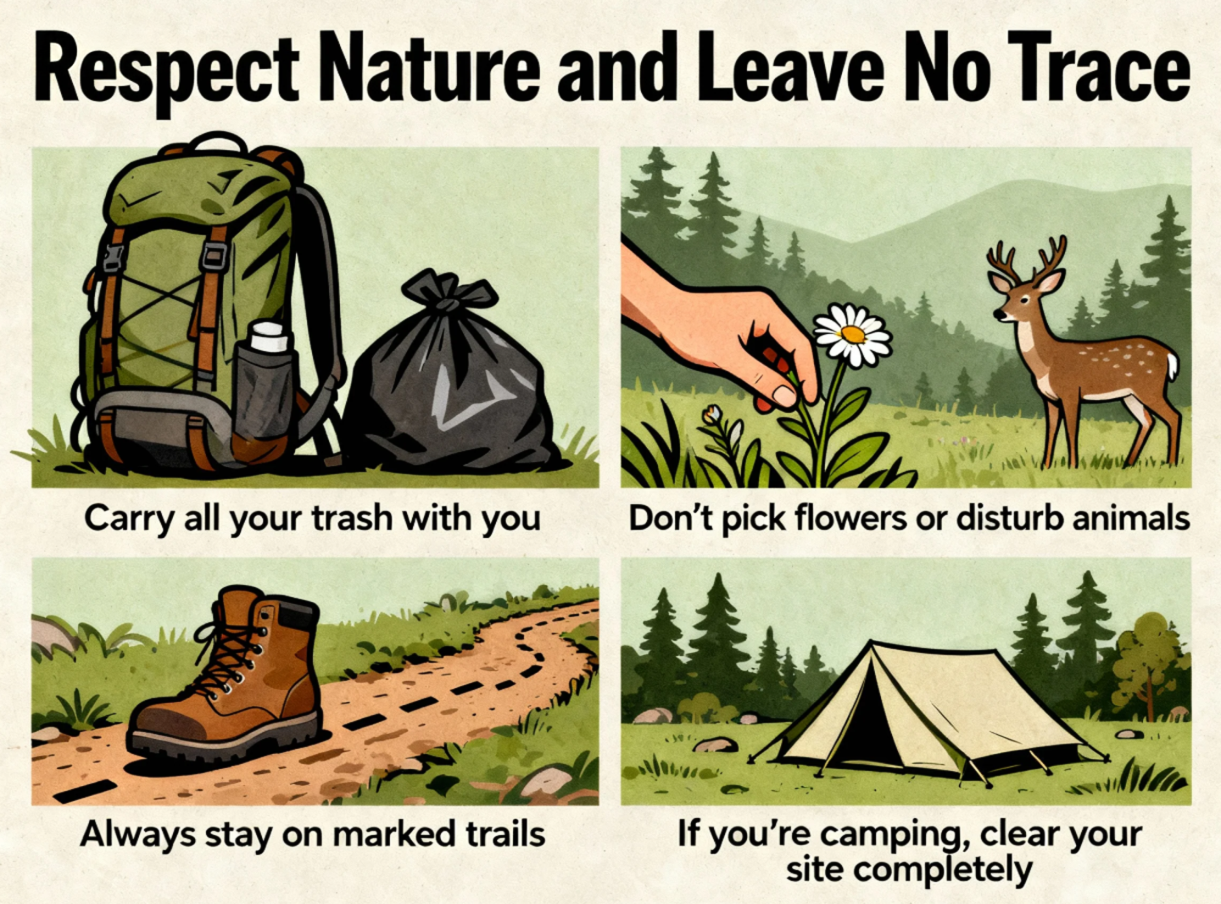
Trekking in Nigeria is an amazing adventure. But success depends on proper planning. Choose your destination wisely. Plan your route and schedule carefully. Essential gear and safety equipment are key. Also, don’t forget portable power solutions like solar panels.
At oraimo, we understand the needs of Nigerian adventurers. Our solar panels are hence built for durability and performance. The SolarFlex 30 is a reliable companion for any trek. Visit our website to explore our range of portable power solutions designed for Nigerians who love adventure.
